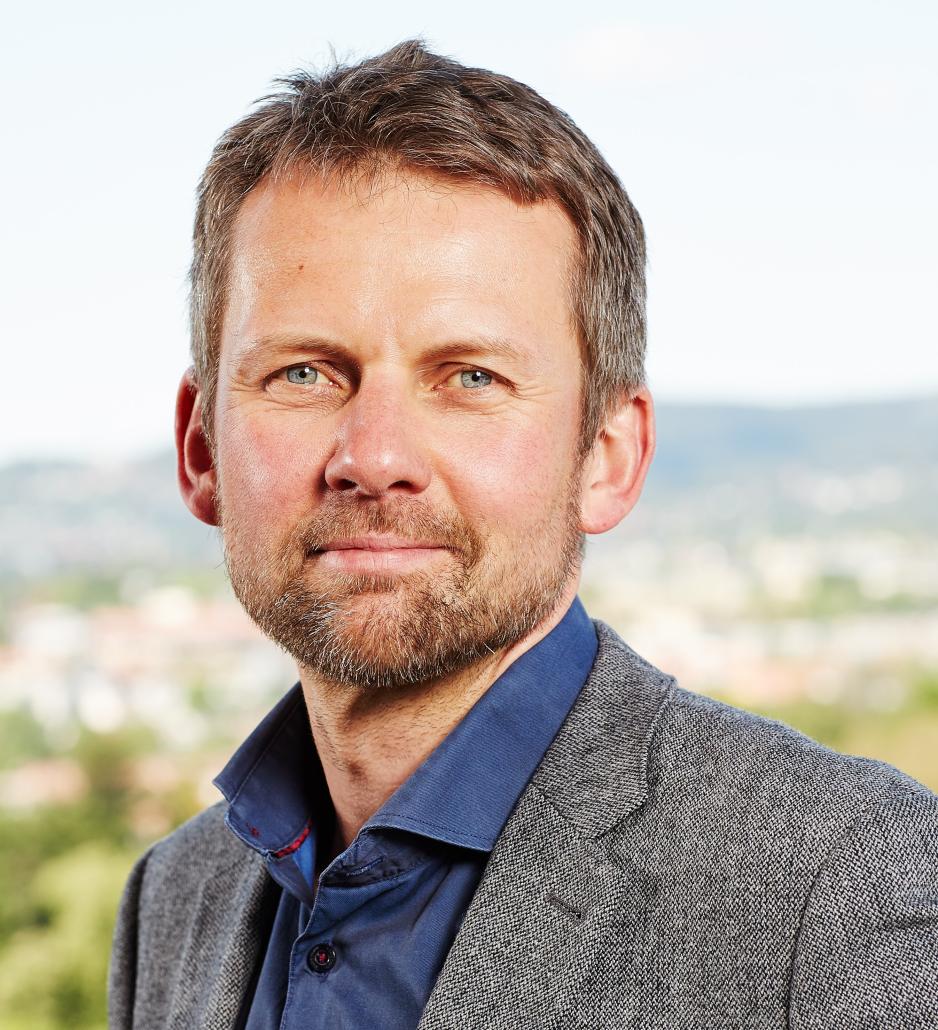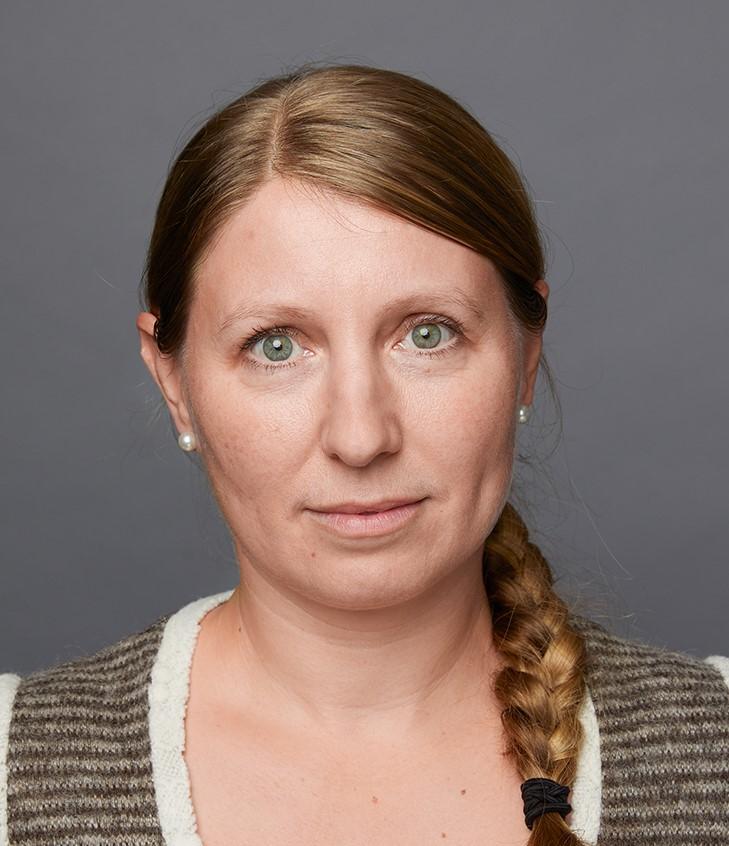The COVID-19 pandemic is taking a toll on academia
More than a year has passed since a virus pandemic shut down most of society, including the university and university college sector. Researchers with young children as well as teaching duties and research to conduct have been squeezed the hardest, according to recent research.
“In many ways, the results from 2020 are impressive,” says Espen Solberg, Head of Research at the Nordic Institute for Studies in Innovation, Research and Education (NIFU).
He points to figures showing that more credits and more doctoral degrees were completed in 2020 than ever before, and that the failure rate was at a historic low.
“But this has a downside: those with teaching duties have sacrificed a lot in terms of both research time and family life. Students, meanwhile, have reported less instruction and a lower quality. When it comes to the effects on research, I don’t think we will see the overall consequences for several years,” says Solberg.

Home situation important
The Ministry of Education and Research commissioned NIFU to examine the university and university college sector’s handling of the pandemic and the effects of the pandemic on the sector. NIFU’s report, presented last week, is based on extensive surveys of students and staff as well as interviews with representatives of selected institutions. Solberg was the survey’s project manager.
“We see that a lot depends on the home life of the individuals in question,” he says.
International studies have shown that when university campuses close and people have to work from home, the heaviest burden typically falls on young female researchers with children. The NIFU survey uncovers gender differences of this kind in Norway, but they are more moderate than those seen internationally.
“Our survey suggests that what’s important is having a suitable workplace and a home situation that allows you do the work that is expected. We can see that it’s the researchers with small children and teaching duties, and who are supposed to do research as well, that get squeezed,” says Solberg.
As a result, this group has sacrificed research time and instead spent more time preparing to teach.
Among researchers with responsibilities for young children, 66 per cent of women and 60 per cent of men stated in spring 2020 that they had less time for research. This gender difference corresponds to tendencies observed in other countries, but the impact in Norway appears somewhat smaller than what has been seen internationally.
“Academic staff have given priority to teaching, since that is an absolute imperative. The teaching has earned them a great deal of admiration and respect, as confirmed by the researchers in the survey’s open-ended questions. At the same time, the free-form responses we received indicate despair over a topsy-turvy situation,” Solberg said.
Dissatisfaction with work environment
In addition to questions about their personal situation during the pandemic, employees were asked how they think their institution handled matters. A majority said they have been kept well informed about the policies in effect where they work, and have had no trouble contacting an immediate manager when necessary.
Dissatisfaction was more evident over work environment challenges and the approach to performing core tasks.
Some respondents reported physical and mental health problems as well as being left on their own to work and solve problems. Gender differences are apparent in this regard as well, with women expressing less satisfaction than men about the work environment.
“In the free-form responses, many people say the follow-up they have received is poor, and I can see in retrospect that we should have had more specific questions about this,” says Solberg.
“The work environment issues are probably not all a direct result of the coronavirus. When it comes to students, for example, we know that anxiety, depression, loneliness and other psychosocial problems have increased in recent years. The pandemic has come on top of those.”
Overworked researchers
NIFU also conducts regular time-use surveys among research personnel. Even before the pandemic, such surveys have shown that researchers put in long workdays.
“Many people in this group have already gone the extra mile, so when an additional burden comes along, like this pandemic, there is not much more to give,” says Solberg.

This was confirmed in a survey conducted by the Norwegian Association of Researchers among its members at the end of last year. The head of the association, Guro Elisabeth Lind, worries that gender equality in the sector may have suffered severely in the past year.
“We know that scientific personnel, especially women, already work far too much under normal circumstances,” says Professor Lind.
Fully 84 per cent of women and 76 per cent of men in ordinary research positions reported working more than a standard number of hours before the pandemic, the association’s survey found.
“Much of that difference is down to teaching, but also to activities like marking examinations and administration. Among lecturers in particular – where women are overrepresented – the women reported working much more than men. Women also view a heavy workload as more of a problem than men do,” she says.
Extra work for women
Like the NIFU survey, the survey by the Association of Researchers showed that the pandemic caused researchers to spend more time on teaching-related tasks and less on research.
“I think the results we obtained portray the challenges quite well: you have to provide digital instruction but also respond quickly to shifting signals as to whether to teach in person, digitally or both. It is an unpredictable situation that is still with us, causing added work because everyone has to plan a variety of options,” says Lind.
While the Government has indicated that it favours more “student-active learning”, an enormous effort will be required to develop fully digital or hybrid forms of the desired collaboration and interactivity.
“Since employees were overworked even before the pandemic, more resources will be needed to address this on top of everything else that has to be done.”
She fears the extra burden may fall more on women than on men.
“In our survey, women stated that they felt somewhat less competent than men using digital teaching systems. At the same time, they believe students get more out of the instruction than men think. Could it be that women overcompensate – that they work harder? We don’t know, but this study raises many more questions about gender equality that should be explored,” she says.
After more than a year in a kind of limbo, she is calling on the institutions to immediately fix a situation that was unsustainable for many staffers even before the pandemic hit.
“I think the institutions themselves must take action and implement long-term measures. Combining work and family life must be made easier, but perhaps the division of professional workload between the genders could also be looked at – and the lecturers would be a good place to start. Is it the case that women do more than their share of the academic housework?” she asks in reference to daily administrative tasks that are necessary but unlikely to be rewarded.
Inadequate reflection
Long-term strategic thinking has been in short supply during the pandemic, NIFU’s survey shows. Resources have been focused on immediate problems, and many interviewees (interviewed in early 2021) said they were weary of all the changes and want a chance to reflect on the more long-term consequences.
One such long-term consequence, as indicated by both NIFU and the Association of Researchers, is the plight of younger researchers.
“Research fellows and some post-docs have had a difficult time. They have fewer teaching responsibilities than many others have, and while they might find more time for research, they can’t spend that time as they should because other factors are hampering their projects,” says NIFU’s Espen Solberg.
“They lack laboratory access, they can’t collect data, and they are unable to build networks. This is something the institution leaders are uneasy about. All conferences and trips have been cancelled, and their progress is often slowed by partners elsewhere who cannot do their jobs.”
Meanwhile, their positions are temporary, so they cannot just postpone tasks to another year.
Diversity issues little understood
Neither NIFU nor the Association of Researchers has investigated the pandemic’s effects on diversity in the sector, but it is already known that women and foreign researchers are overrepresented among doctoral students and post-docs.
“The interviews suggest an especially difficult situation for the PhD candidates and post-docs who came to Norway from abroad and have had to remain here without an established social network,” says Solberg.
While students often have family to go home to, he says, research fellows are likely to have moved on a more permanent basis and may find themselves both unable to travel to their home country and unable to integrate into their Norwegian workplace.
Guro E. Lind of the Association of Researchers agrees that younger researchers, whatever their origin, are in a precarious situation.
“We are deeply concerned that young researchers are being delayed. The consequences are huge, both for society, which loses the research, and for the young people embarking on one of the hardest career paths in a sector where the threshold to qualify for a permanent job is high,” she says.
The impact on gender equality may be serious, according to international studies.
“Several international studies suggest that lost research time affects women the most, and there are also signs the pandemic has widened the gender gap in publishing. To the extent that such effects have a gender component, they will pose a great challenge to society, even though the differences in Norway so far appear to be less pronounced,” she says.
Translated by Walter Gibbs and Darren McKellep.
NIFU’s analysis of the coronavirus pandemic’s effects on the university and university college sector:
The analysis is based on surveys of 22 000 students and nearly 4 000 employees, in addition to interviews with 36 informants at three selected institutions.
The surveys were conducted in autumn 2020 and focused mainly on the 2020 spring semester. The interviews took place in early 2021.
The switch to digital instruction has been highly time-consuming for research staff, with less priority given to research.
Despite the extra effort on teaching, two out of three students have received less instruction.
Mid-career researchers with responsibilities for young children and lacking a suitable workplace have felt the most pressure to deprioritize research activities.
Seven in 10 research fellows expect their doctoral projects to be delayed. Among PhD candidates and post-docs, 40 per cent believe the pandemic will affect their future careers negatively.
Most interviewees said they believe the pandemic will lead to more digital instruction and less travel in future.
The survey was commissioned by the Ministry of Education and Research.
Read the report (in Norwegian)
Norwegian Association of Researchers
The survey was distributed to about 10 000 members at universities and university colleges – 37 institutions in all. The survey was sent out in October 2020 in both Norwegian and English.
There were 4 883 respondents, or 49 per cent of those asked to participate.
Read the report (in Norwegian)

